Chemicals list & Research Gallery
CAS number: 63612-50-0
Nilutamide is an imidazolidinone, a member of (trifluoromethyl)benzenes and a C-nitro compound. It has a role as an antineoplastic agent and an androgen antagonist.

Known nonsteroidal androgen receptor antagonists.
CAS number: 638-10-8
Ethyl 3,3-dimethylacrylate is an ester that features a double bond and two methyl groups attached to the same carbon (the 3-position). It is used as a chemical intermediate in various syntheses, particularly in the production of polyene antibiotics and other amides and esters. It's also known to be a precursor to β-unsaturated ketones.

Stereoselective SeO2 oxidation of ethyl 3-methyl-2-butenoate.
CAS number: 63968-64-9
(+)-artemisinin is a sesquiterpene lactone obtained from sweet wormwood, Artemisia annua, which is used as an antimalarial for the treatment of multi-drug resistant strains of falciparum malaria. It has a role as an antimalarial and a plant metabolite. It is a sesquiterpene lactone and an organic peroxide.

a) Artemisinin and its semisynthetic analogues. b) Comparison of tetraoxanes with trioxolane-based antimalarials.
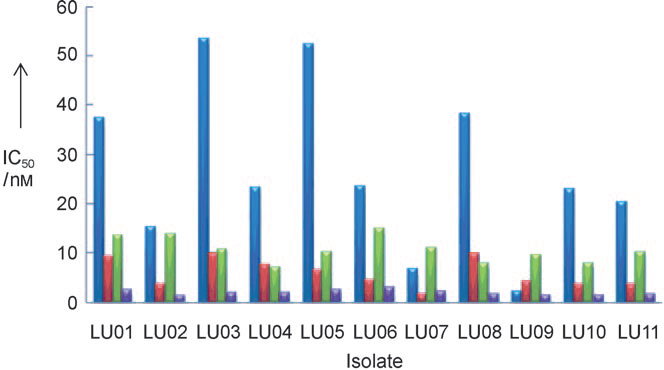
IC50 data against Cambodia–Thai patient isolates for 15 compared with other antimalarials. Blue: mefloquine; red: artesunate; green: artemisinin; purple: RKA182.
CAS number: 63990-57-8
Acid chloride, also known as Acetyl chloride, (2,4-bis(1-methylbutyl)phenoxy)-, is an organic compound characterized by the presence of an acyl chloride functional group attached to a substituted phenoxy ring. The phenoxy moiety is substituted at the 2 and 4 positions with two 1-methylbutyl (isopentyl) groups, which are branched alkyl chains.

Synthesis of thioesters from acid chlorides.

Results with acid chlorides depend on the order of addition: mixing everything, eqs 1 and 2, gives reduction; stepwise addition, eq 3, gives substitution.
CAS number: 64-04-0
Benzeneethanamine, also known as phenylethylamine (PEA), is an organic compound consists of a benzene ring attached to an ethylamine chain, making it a primary amine and a naturally occurring monoamine alkaloid.
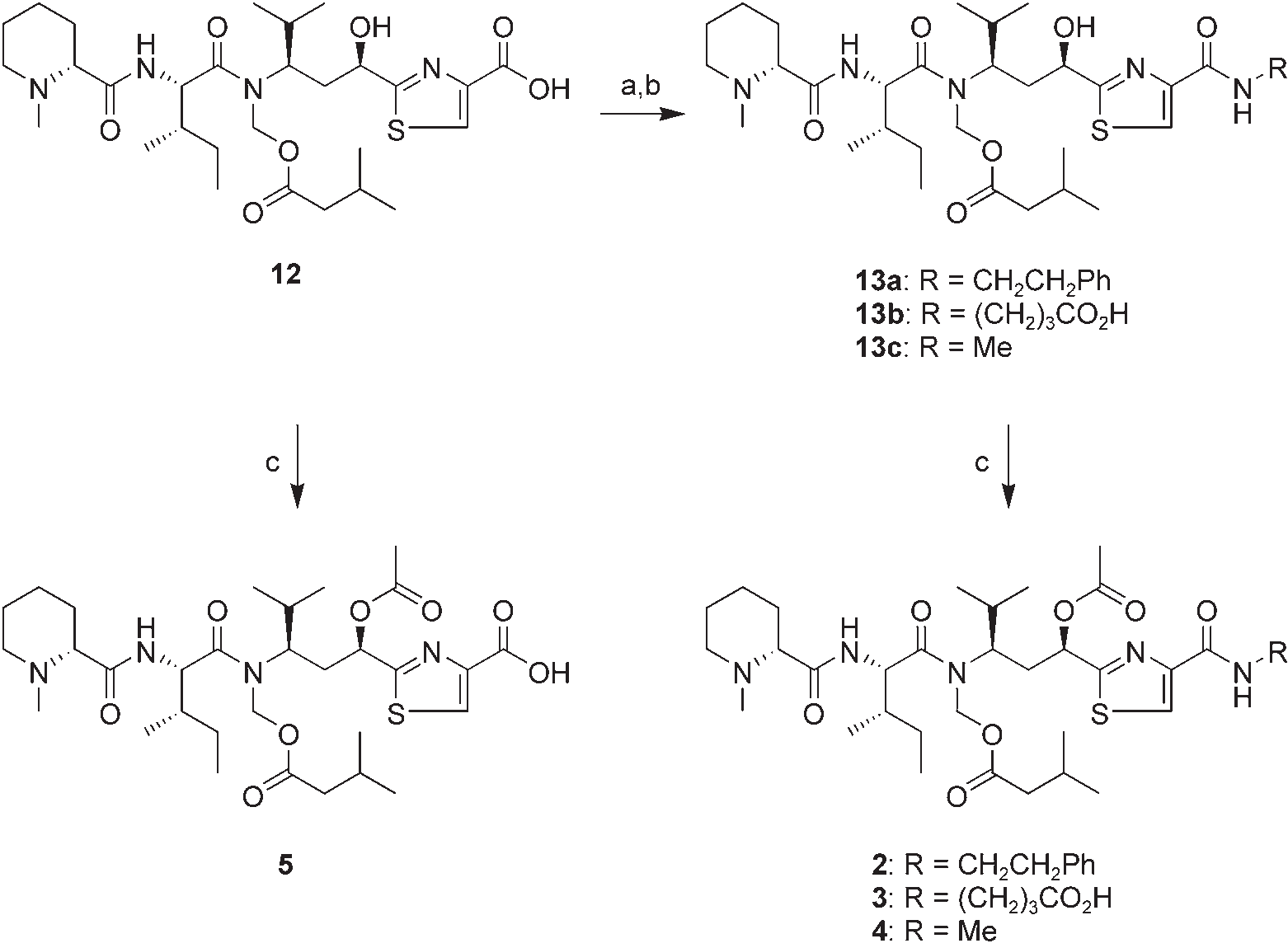
Preparation of 2–5. a) pentafluorophenol, 1,3-diisopropylcarbodiimide, CH2Cl2; b) 2-phenylethylamine, 4-aminobutyric acid, or methylamine hydrochloride, iPr2EtN, DMF, 49% (13a), 70% (13b), or 68% (13c) yield for two steps; c) Ac2O, pyridine, then (for 4 and 6) H2O/dioxane, 99% (3), 81% (4), 90% (5), or 97% (6).
CAS number: 64-17-5
Ethanol, also known as ethyl alcohol or grain alcohol, is a clear, colorless liquid that is a type of alcohol. It's commonly used as a fuel, in alcoholic beverages, and in various industrial and medical applications.
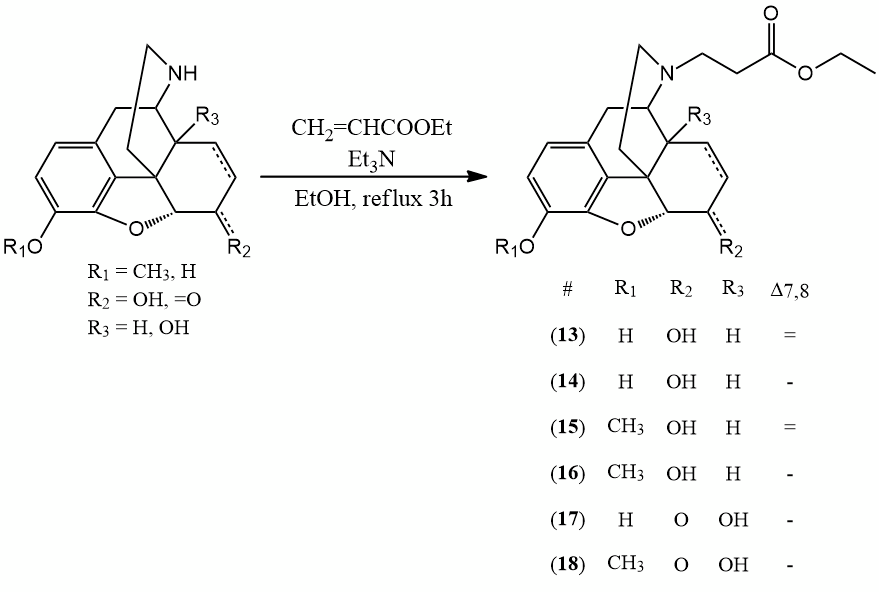
N-alkylation of nor-compounds: ethyl acrylate, triethylamine, ethanol, refl. 3 h.

Transition-metal-catalyzed CÀH bond functionalizations.

Cyclopropylmethylation of Alcohol

UV spectra of photoswitchable acids 1, 4, 6, 7, and 8 in ethanol in the CH form, before (black curve) and after irradiation, (red curve, formation of the NH form).
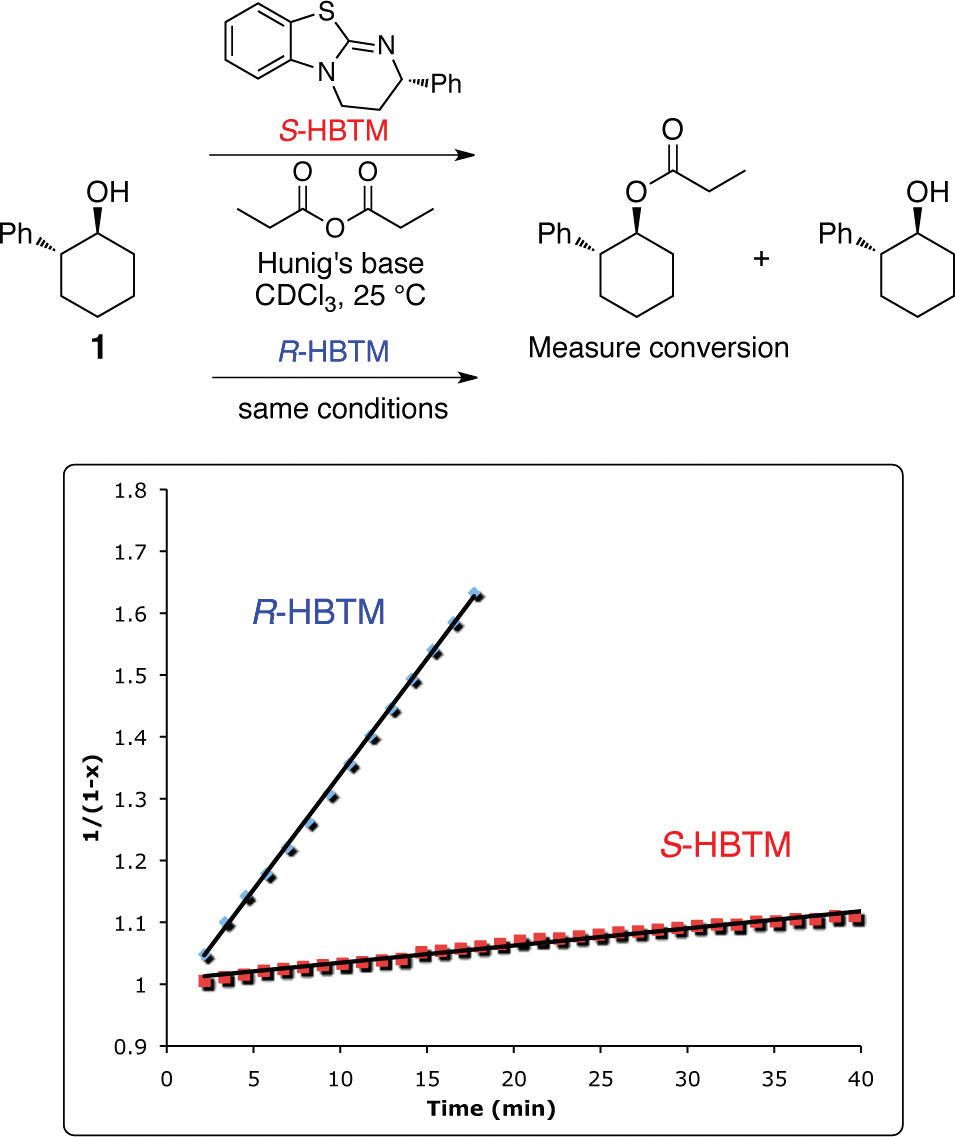
Optically pure alcohol 1 was reacted with propionic anhydride and either 5 mol % of S-HBTM or 5 mol % of R-HBTM catalyst.
CAS number: 64-86-8
(S)-colchicine is a colchicine that has (S)-configuration. It is a secondary metabolite, has anti-inflammatory properties and is used to treat gout, crystal-induced joint inflammation, familial Mediterranean fever, and many other conditions. It has a role as a mutagen, an anti-inflammatory agent and a gout suppressant. It is a colchicine and an alkaloid. It is an enantiomer of a (R)-colchicine.
![Competitive inhibition of [3H]-colchicine binding to bovine tubulin by 2d.](http://www.wlxkc.cn/picture/3052970_08.png)
Competitive inhibition of [3H]-colchicine binding to bovine tubulin by 2d.
CAS number: 641-28-1
Allocolchicine is an antimitotic agent that binds to tubulin and inhibits tubulin polymerization and arrests proliferation of tumor cells.

Direct Couplings in Total Synthesis
CAS number: 64111-88-2
2-(2-Phenylethenyl)benzonitrile is an organic compound containing a benzonitrile group (a benzene ring with a nitrile substituent, -CN) and a styryl group (2-phenylethenyl), which is a phenyl group attached to an ethenyl (vinyl) group.

Chemical structures of twin dimers containing cyanostilbene derivatives.
CAS number: 64297-64-9
Ortho-iodylbenzoic acid is a benzoic acid compound having an iodyl substituent at the ortho-position. It is a member of benzoic acids and an organoiodine compound. It is a tautomer of a 1-hydroxy-1,3-dioxobenziodoxole.
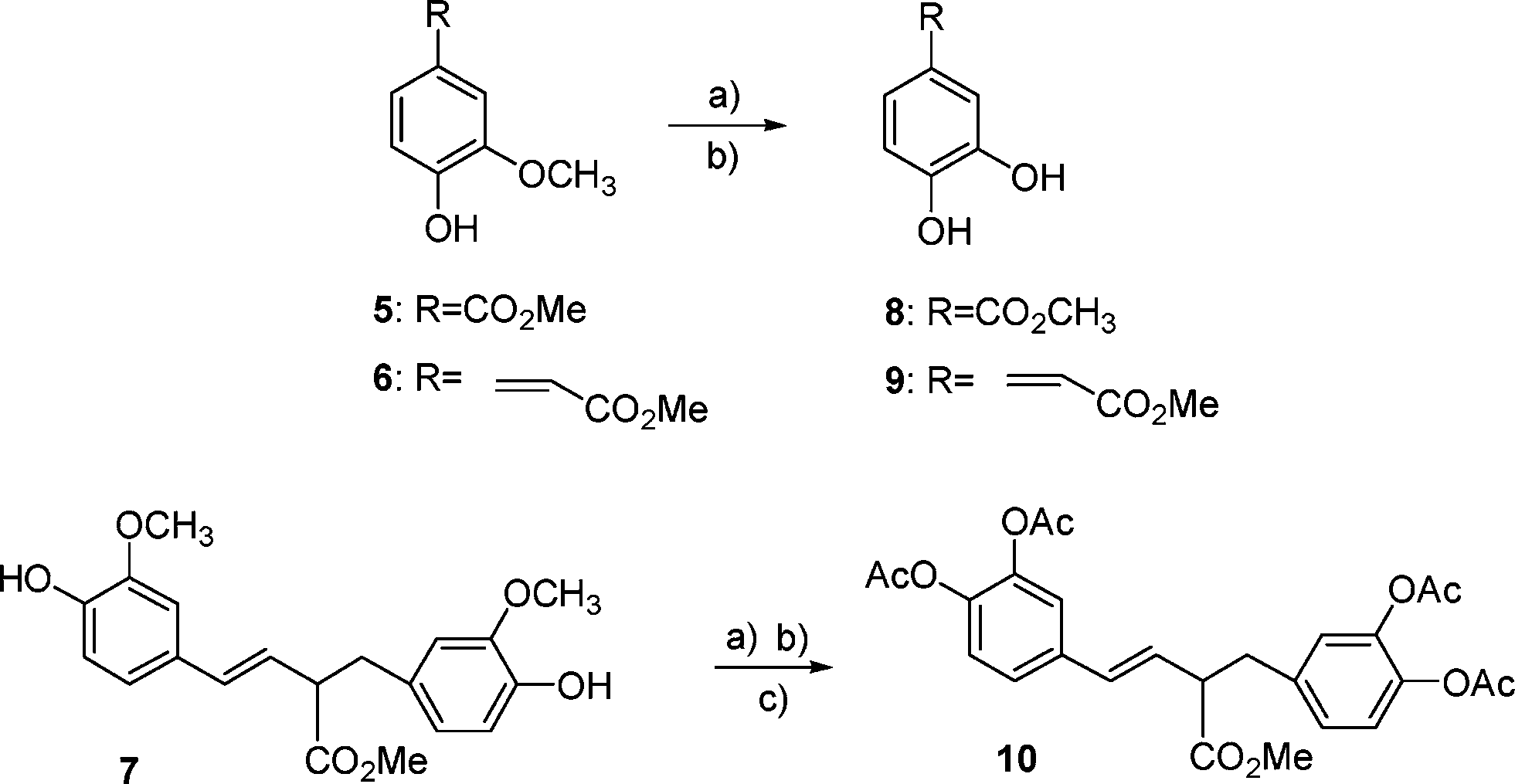
Oxidation of monolignol derivatives 5–7 by 2-iodoxybenzoic acid (IBX).
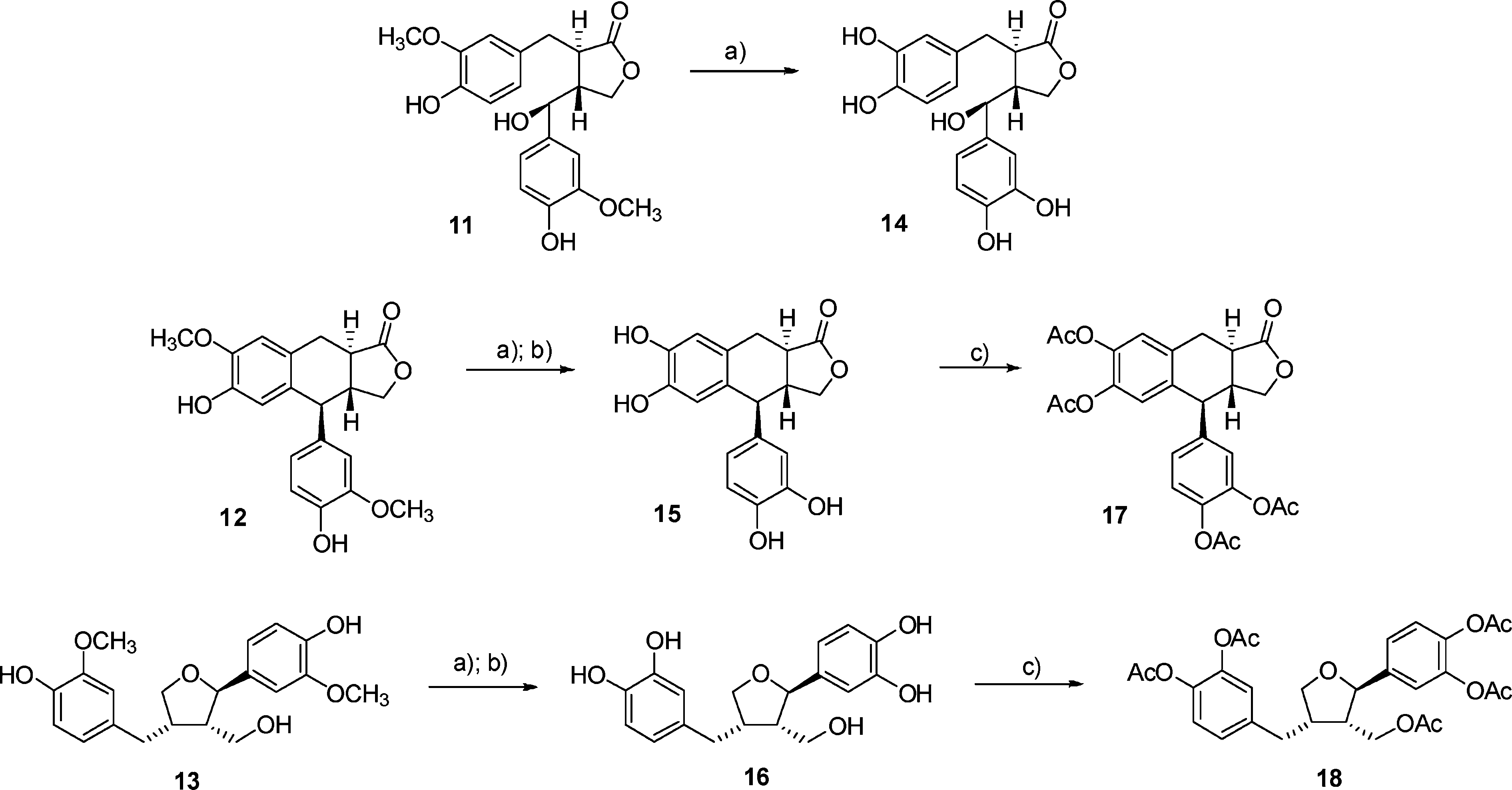
Oxidation of lignans 11–13 by 2-iodoxybenzoic acid (IBX).